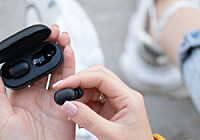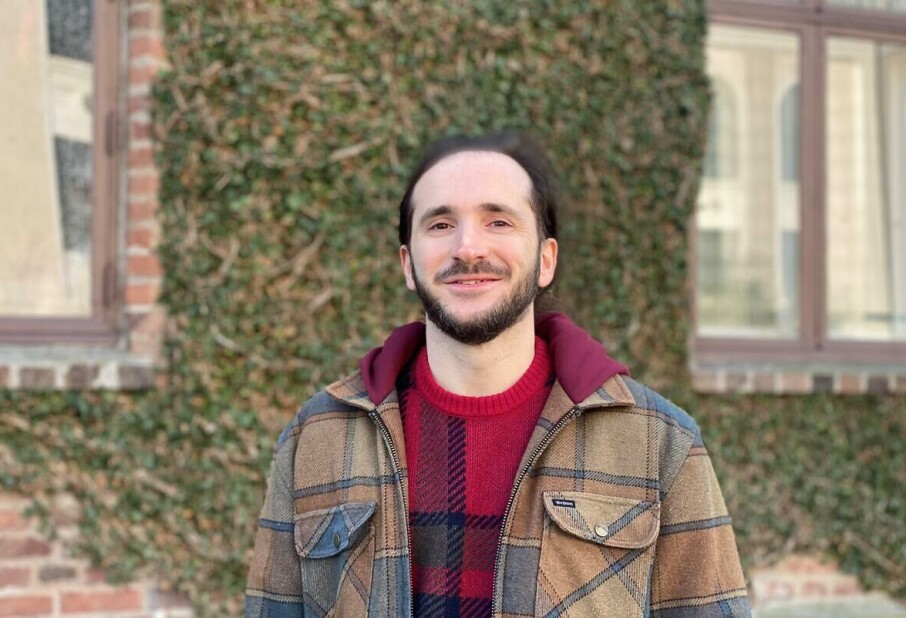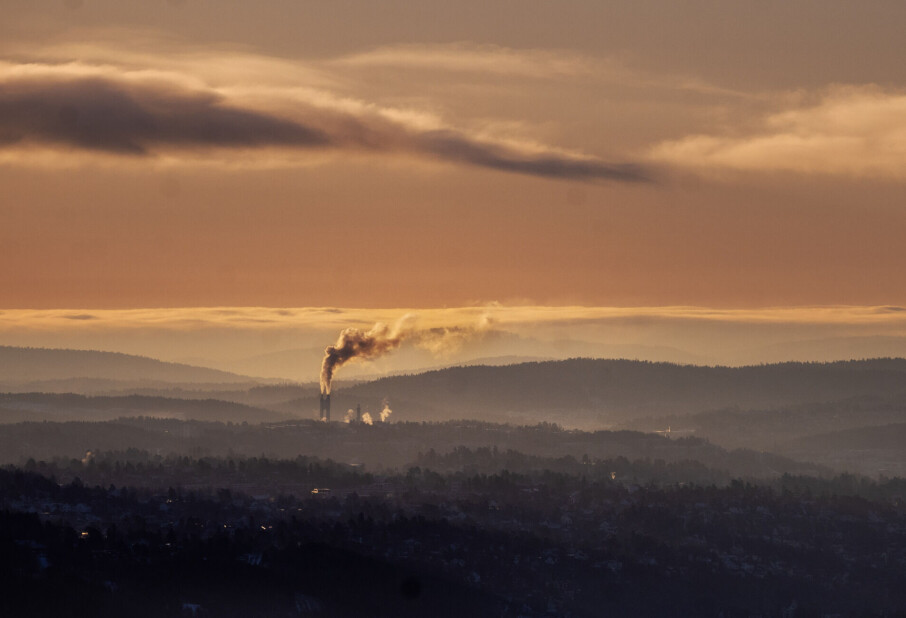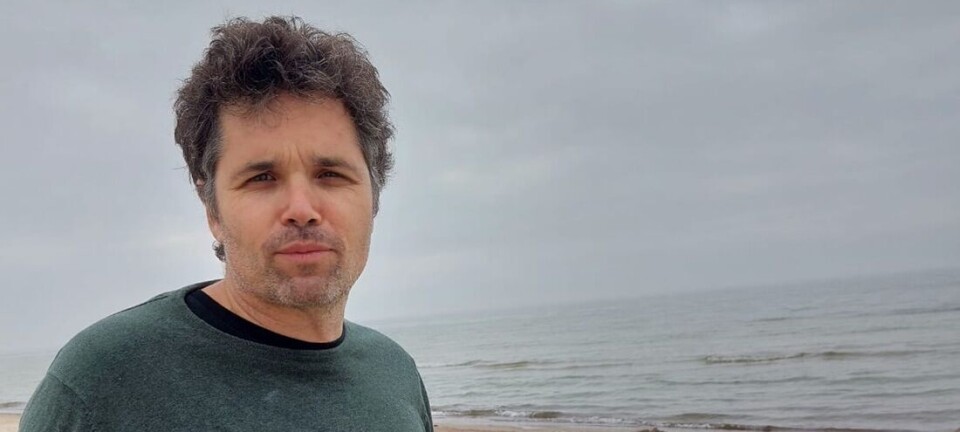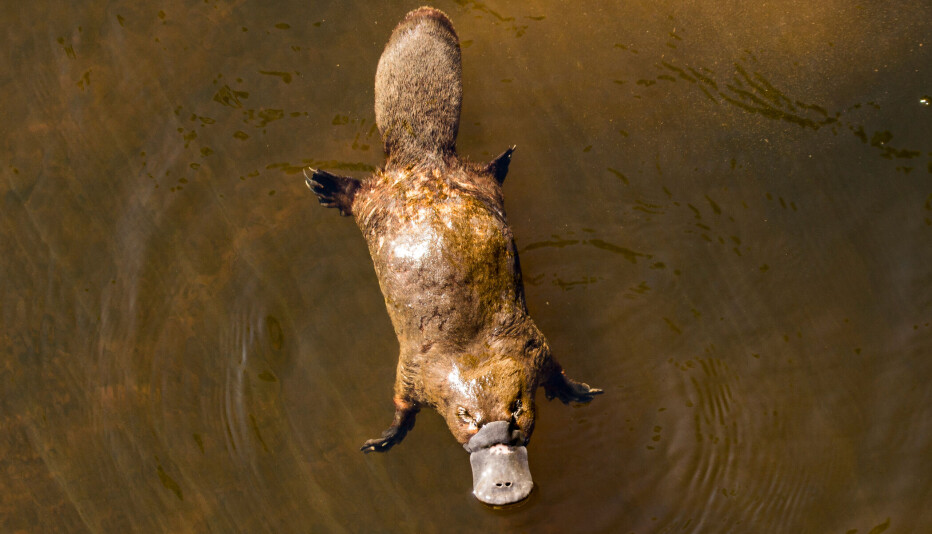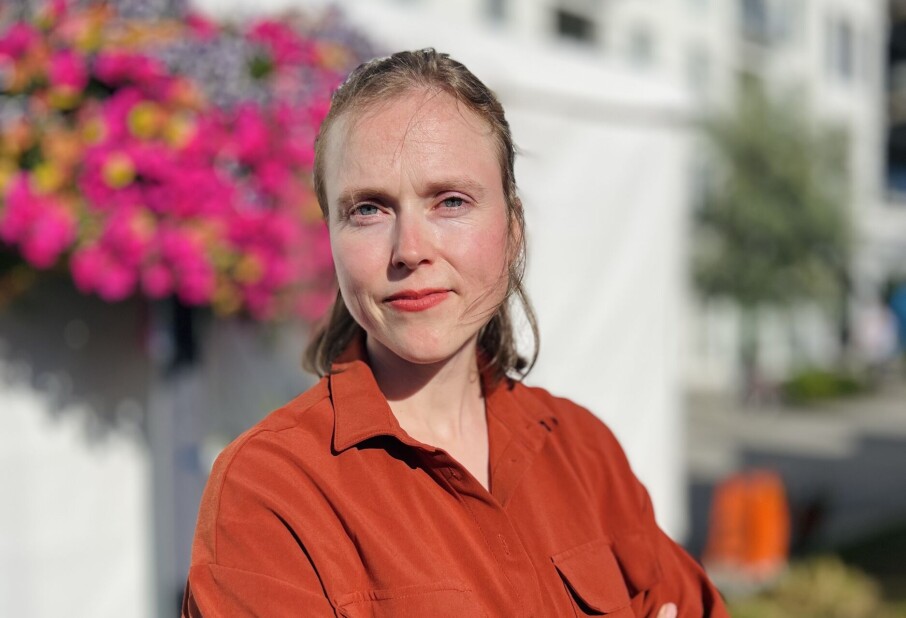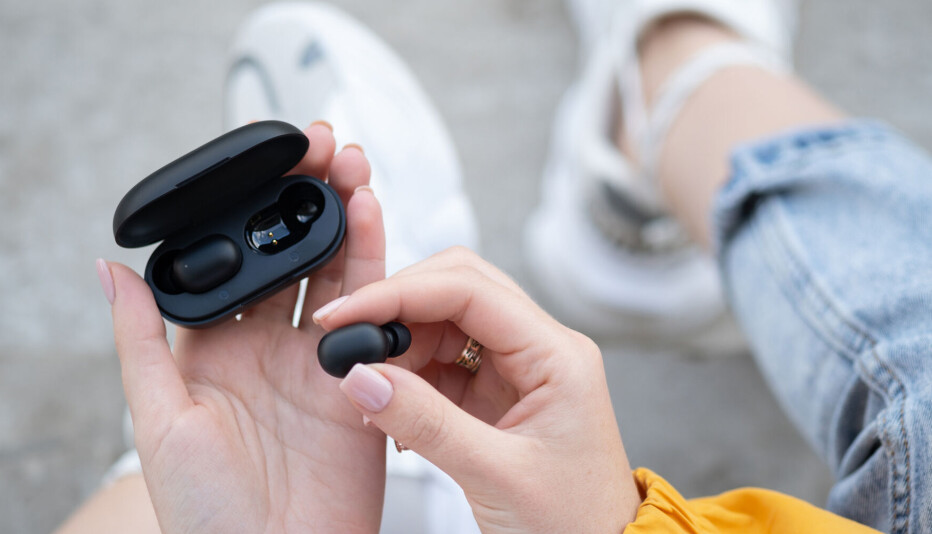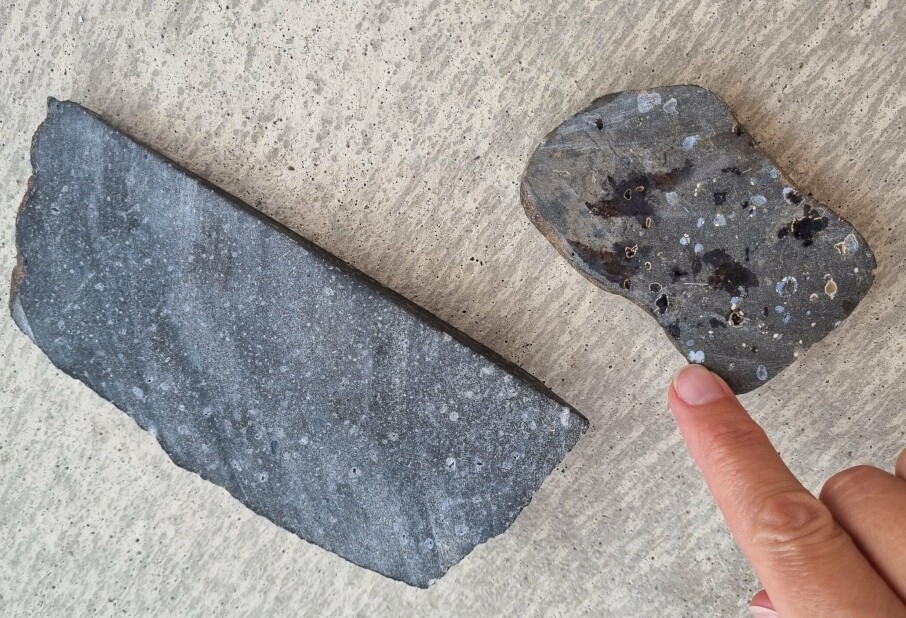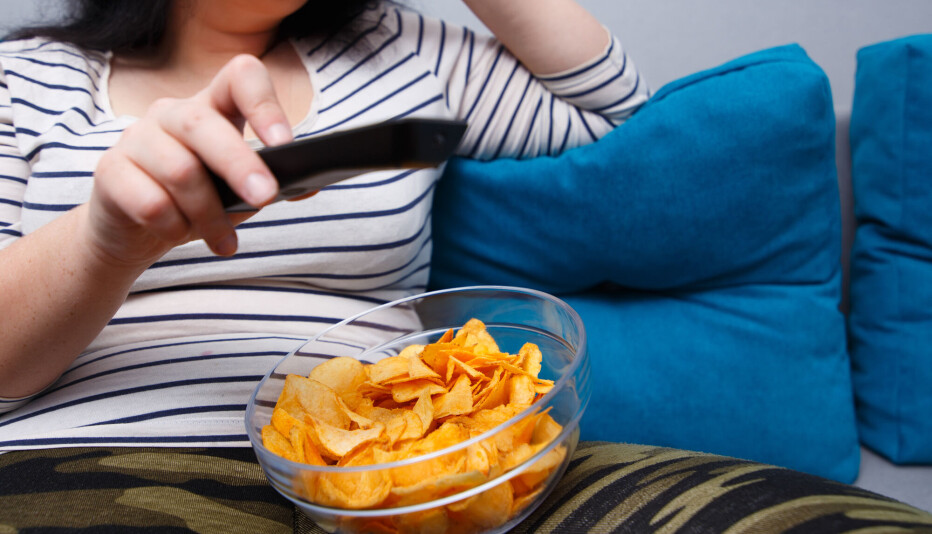Why are there thousands of chemicals in plastic?
The plastic products we use every day contain thousands of chemical substances, many of which can leak into the environment. Some are harmful. Many haven’t even been studied. Why is this the case?

In 2023, something snaps for chemist Alexander Sandtorv.
He's standing in the kitchen making crispbread with cheese. And that's when he really sees it: The cheese isn't just wrapped in plastic. There are also thin plastic sheets between every single slice.
"I lost it. We’re always being told that plastic pollution is a huge problem. So why do we continue with this outrageous use of plastic everywhere?" asks Sandtorv, who has now written the book The Plastic Paradox.
One of the things he's most worried about is that our plastic products contain a staggering amount of chemicals.
"Worrying"
A study from 2024 showed that there may be over 16,000 different chemicals in plastic products. Over 4,000 of them are known to be harmful to people or the environment. For 10,000 of the substances, there's no information on how they affect us.
Not all of these substances are used in newer plastic production, and some are found only in small amounts. Still, many studies confirm the same thing: plastics contain a huge mix of chemicals. Tests on everyday items repeatedly find many unknown substances in the material.
"This is worrying. It points to a situation where we don't have control," Sandtorv tells Science Norway.
Mixing substances into the plastic
Sandtorv explains that pure plastic – which almost always comes from oil – is like long pearl chains.
But pure plastic is not very useful. Instead, manufacturers mix in various substances to give the plastic a wide range of properties.
It can become soft or hard, depending on what we need. It gets different colours and various characteristics, for example that it can withstand heat better, burn less easily, or tolerate sunlight.
These additives open up endless possibilities. Over the past 70 years, manufacturers have come up with countless combinations of thousands of chemicals that transform plastic into everything from car tyres to faux fur.
Typically 800 substances in a product
Manufacturers often develop their own patented mixtures to create the same properties, and many formulas are secret for competitive reasons.
"There are, for example, more than 2,000 different flame retardants. That's pretty insane," says Professor Martin Wagner at NTNU, who is behind several studies on plastic chemicals.
Researchers have also found many unknown chemicals in plastics. Some come from contamination in the production process. Others form through chemical reactions inside the plastic itself.
Not all products contain the same amount, Wagner adds.
"When we analyse plastic products, we typically find 800 different substances. But some contain only 50, while others have 10,000," he says.

Plastic chemicals in all humans
The problem is that these additives don't bind to the long plastic chains. This means they can leak into the environment. Today, chemicals from plastic are found everywhere – in water, in soil, in indoor air. And in our bodies.
There are hardly any people on the planet who don't have plastic chemicals in their bodies, Wagner says.
"For example, large studies have looked for plastic softeners in blood and urine samples, and researchers find them in 99.5 per cent of all people," he says.

Some substances harm us and the environment
Many plastic additives are harmless. But for a lot of them, we simply don’t know what their effects are. And some we do know are harmful.
Decades of research on humans and animals show that several widely used chemicals, such as BPA, PFAS, and phthalates, are harmful to people and other living creatures.
They can disrupt hormones, the nervous system, and the immune system, and they are linked to a higher risk of cancer, obesity, heart disease, and reduced fertility.
Recently, researchers estimated that one plastic softener, DEHP, may have caused several hundred thousand deaths globally.
Regulations do exist
DEHP is now largely banned in Norway, but remains a major problem in the rest of the world.
There are regulations for substances known to be harmful, like BPA. They cannot be used in baby bottles, for example.
There are also limits on which types of plastic can be used for food packaging. The EU has set upper limits for how much can leach into the food.
Even so, a recent study of hundreds of Norwegian children found that nearly all had levels of BPA that were too high.
"Outdated laws"
The regulatory system is not good enough, according to Wagner.
"One problem is that the legislation is very old. It allows very high levels of chemicals to leach out of food packaging. This does not protect public health," says Wagner.
"There are substances that have been banned in cosmetics because they are harmful. But they can still be used in food packaging, because the lists haven't been updated," he adds.
Wagner is also concerned that different chemicals in plastic may interact and create so-called cocktail effects. We know very little about this, because research typically focuses on one chemical at a time.
"Far behind"

Dorte Herzke, a chemist and researcher at the climate and environmental research institute NILU and the Norwegian Institute of Public Health, confirms that many assessments of safe plastic substances are old.
"There are substances we once thought weren’t very dangerous, but today we’re much more concerned about them," she tells Science Norway.
Herzke explains that research on plastic chemicals is often hopelessly behind.
Evaluating health effects and setting limits is a slow and complex process. Only a small selection of the chemicals in use have been thoroughly studied. Meanwhile, new substances are constantly being developed.
When a substance is identified as harmful and regulations appear, it’s often replaced with a similar chemical that hasn’t been studied and is therefore not regulated.
"We're facing a major problem," says Herzke.
"Crap systems"
Sandtorv argues that plastic production needs far stricter regulation.
“I’m not saying we should stop using plastic,” he says. "The plastic age we are in now has made a lot possible, for example in medicine and technology. But a lot of plastic use is unnecessary."
Still, he does not believe consumers can solve this problem.
"We've become obsessed with individual solutions," he says. "Everyone's going out to buy cutting boards and spatulas made of wood. But that just distracts from the fact that the regulatory systems are crap."
He admits he has been furious with society for failing to address the enormous plastic problem.
"But we need to aim our anger where it belongs, and that is upwards," he says.
"Must develop safer chemicals"
Wagner believes it is important to conduct thorough investigations and determine which chemicals are harmful – and then regulate them.
"Plastic manufacturers must invest in developing safer chemicals," he says.
In an ideal world, the thousands of substances used today – often to achieve the same result – should perhaps be reduced to a selection of well-tested chemicals.
"Possible to find solutions"
The road to safer and more sustainable use of plastic is neither short nor straightforward.
Recently, the UN's attempt at an international agreement on plastic pollution collapsed, says Herzke.
"The agreement was supposed to be signed in August, but was stopped by several major oil-producing countries," she says.
Herzke believes responsibility for plastic safety needs to shift.
"At the moment, responsibility lies with researchers and authorities, who will never be able to keep up with industry's pace," she says.
"Instead, manufacturers should be required to disclose ingredient lists and only sell products with chemicals they can prove are safe for people and the environment," she says.
Herzke says change must happen at every level – consumers, industry, and government.
"Then I believe it's possible to find solutions and end up with safe, environmentally friendly products," she says.
———
Translated by Alette Bjordal Gjellesvik
Read the Norwegian version of this article on forskning.no
Related content:
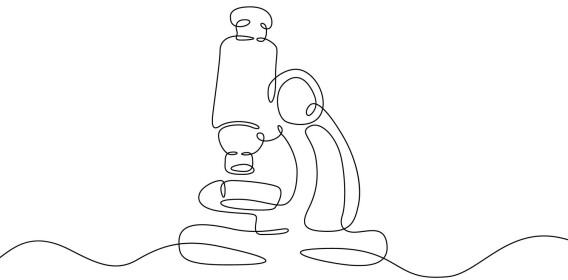
Subscribe to our newsletter
The latest news from Science Norway, sent twice a week and completely free.












